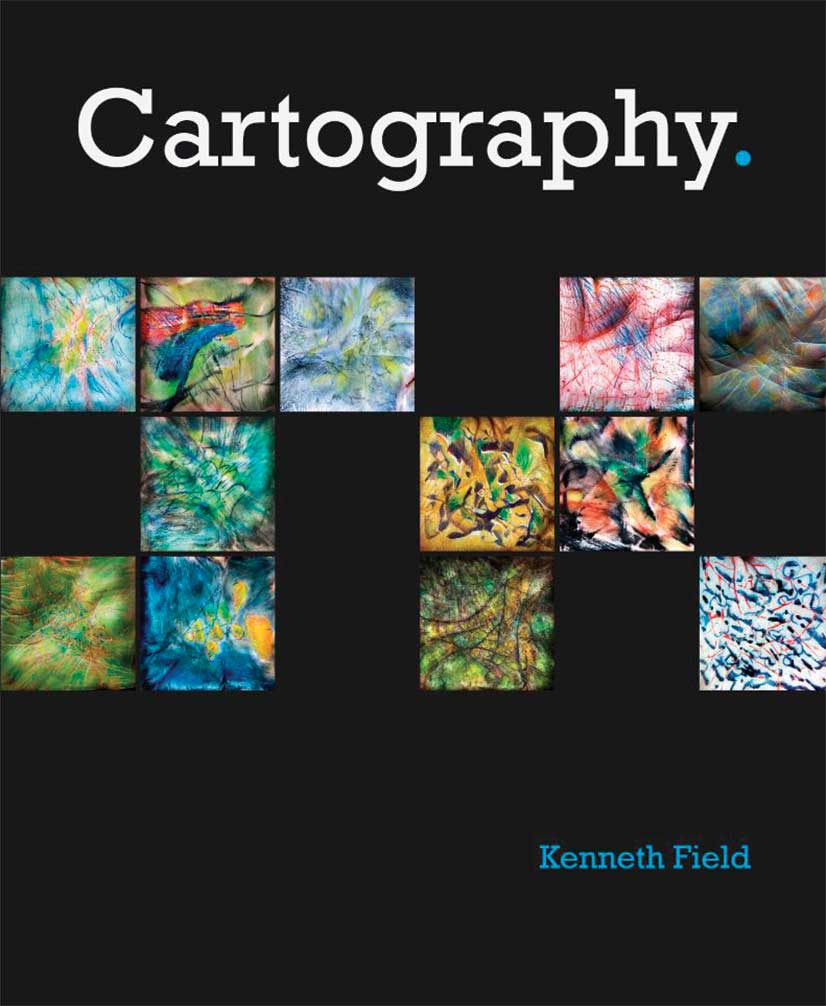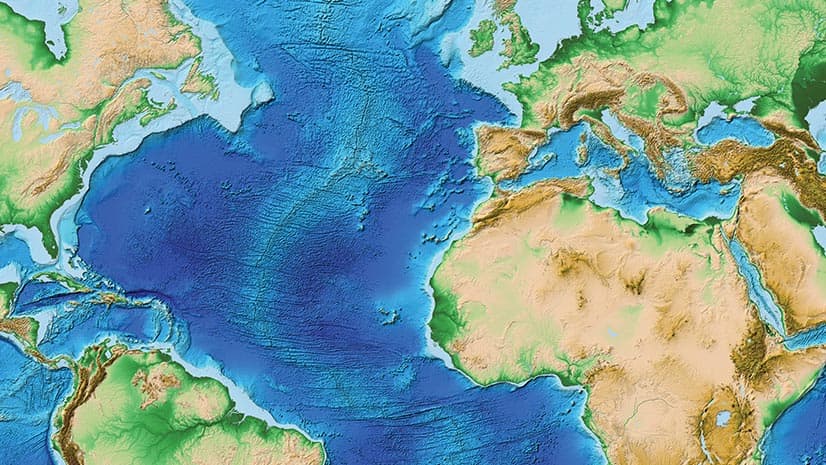A comprehensive compendium of what constitutes good map design, Cartography. is a new book from Esri Press written by award-winning cartographer Kenneth Field.

Why the period in the title? Well, this period—or as Field would say, full stop—signifies that this is a one-stop guide for cartography. It’s a guide for aspiring mapmakers that will ground them in the ideas that are foundational for better mapping. It’s a handy reference for more experienced mapmakers. It’s the definitive text for the modern mapmaker.
It was written for people without an academic background in cartography who make maps as part of their jobs. This audience includes GIS professionals and those who use the technology daily. The book’s goal is to impart the principles, processes, techniques, and best practices of cartography that will help them author maps that communicate information clearly, scientifically, and artfully.
As Field notes in the preface, “This book is about encouraging thought.” He acknowledges that cartography does have “plenty of what might be called rules, but these are just guidelines for cartography developed from decades of practice and people working out what works and why. Maps should be objective and have scientific rigor, but there’s plenty of scope for creativity.”
This beautifully illustrated reference guide to map design is not a how-to tutorial on mapmaking or a deep-dive discourse on underlying theory. Instead, the book explains both the science and art of cartography. More than 250 separate topics cover the full range of cartographic concepts and practice beginning with traditional topographic and thematic cartography and continuing through the profound changes brought about by modern digital mapping environments and including developments such as democratized mapping, new mediums, and ephemeral and fantasy mapping.
The book features original maps, technical illustrations, and exemplary map design from both historic and contemporary sources. In addition to Field’s own work, the book has maps and illustrations by Esri colleagues Wesley Jones and John Nelson as well as contributions from dozens of academics and cartographers.
The cover art is a collection of maps painted by artist Angela Andorrer onto the palms of the hands of attendees at a previous International Cartographic Conference. It reflects Field’s purpose in writing the book: to communicate the knowledge acquired from peers, teachers, and students during more than 30 years of research and work inside and outside academia.

Field holds a doctorate in GIS and a bachelor’s degree in cartography and geography. Before joining Esri seven years ago as a senior cartographic product engineer, he was director of GIS courses at Kingston University and the University of Northampton in the United Kingdom. This blend of academic and commercial experience gives Field a unique perspective on modern cartography—what works, what doesn’t work, and what can be shared to support everyone’s need for making great maps that inspire and—crucially—communicate.
Cartography. is educational and aspirational. Roger Anson, Field’s mentor and the former head of cartography at Oxford Brookes University in the United Kingdom, provided the book’s foreword. He believes the book should be required reading for cartography students and anyone who needs to make a map. “It’s not a traditional textbook. It’s a wonderful collection of all that Ken has learnt and the thinking he’s developed along his cartographic journey so far.”
Esri Press, 2018, 576 pp., softcover (ISBN: 9781589484399) and hardcover (ISBN: 9781589485020) 576 pages)

